
Here’s A Look At All The Tata EVs And Their Real World Range
- Nov 4, 2024
- Views : 565

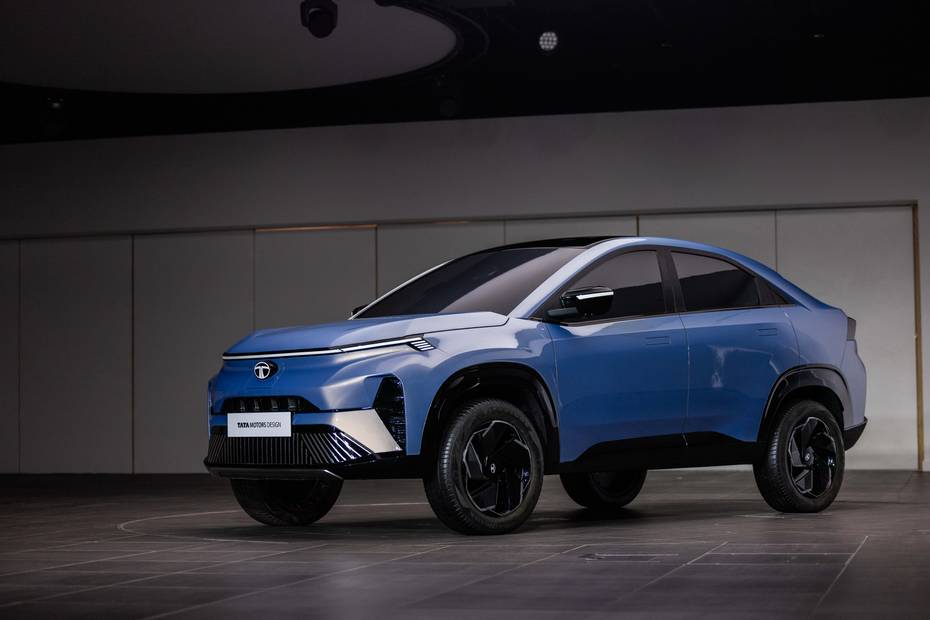
If there’s one thing Tata Motors has been knocking out of the park, it’s their car designs. From the Nexon and Altroz to the Harrier and now the Curvv, Tata’s managed to deliver cars that not only look distinctive but also stay true to the concept forms that preview the production car’s design.
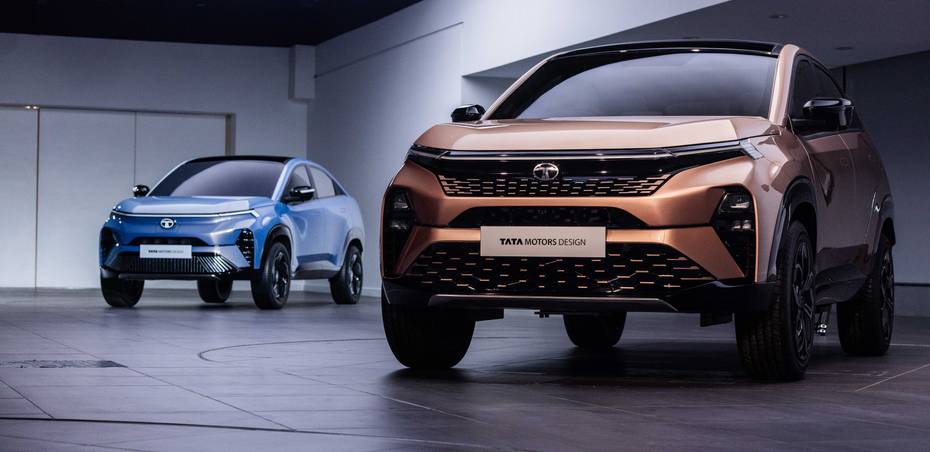
But while car design is a subject that invites curiosity even from those not interested in cars, it’s been a largely mysterious process that often gets reduced to commentary on the final product that launches in the market. A visit to the National Automotive Innovation Centre (NAIC) gives us a rare opportunity to witness what goes into a Tata car’s design (inside and out) featuring a collective of people who deem themselves “a startup within a multinational corporation” given the unique way in which they operate.
Fun Facts:
Tata Motors has design studios in the UK, Italy and in India
While we witnessed Tata Motors’ passenger vehicle design work, the studio in Coventry also works on Jaguar Land Rover models
What starts off in the designers’ minds first takes form as sketches
While a lot of design work is now done on computers, sketching on paper is still as relevant as it always has been
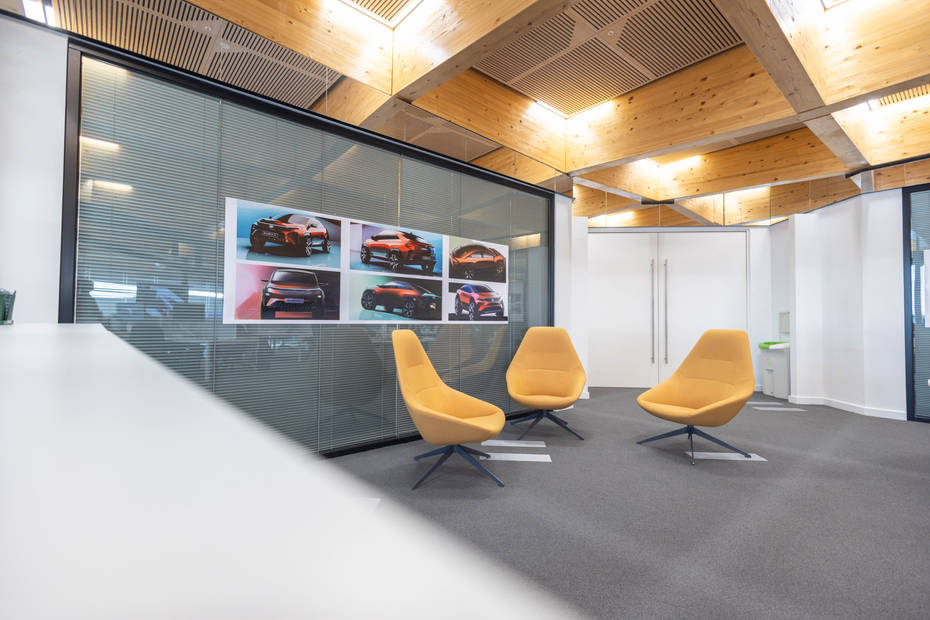
Design sketches are done in bulk with hundreds of options shared by different artists across studios
It’s here that the design team has to walk the fine line between maintaining brand identity while innovating enough to still keep things progressive and evolving
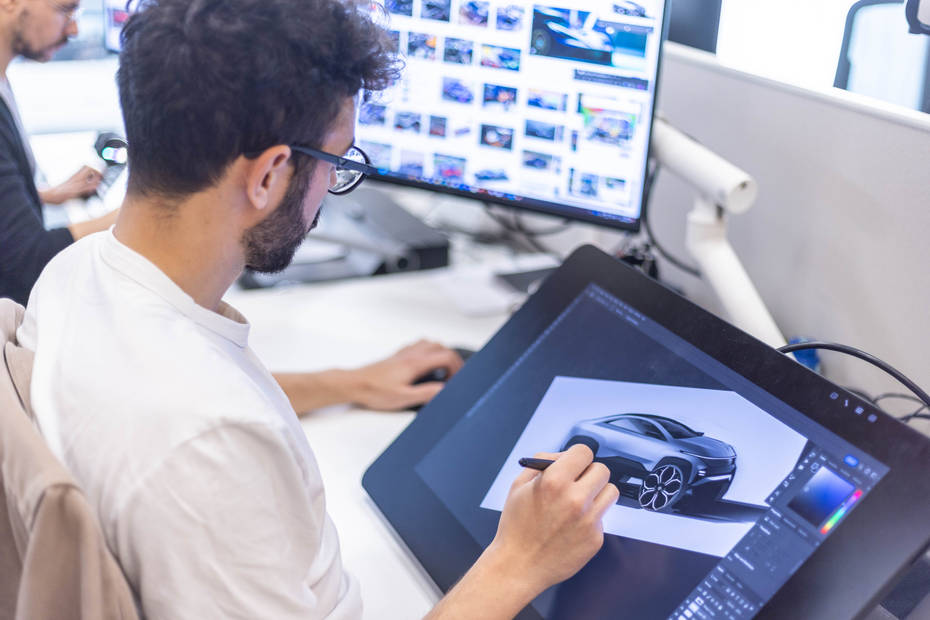
Digital models take sketches and transform them into detailed 2D and 3D structures where the car starts to take a more realistic form
In this phase, cars are as detailed as they are in the latest video games with the shapes and contours visualised in a manner that leaves little to the imagination
Not only does this step tell you what the car would look like, it also accounts for kind of paint shades the car can wear and how different surfaces will reflect light to some degree
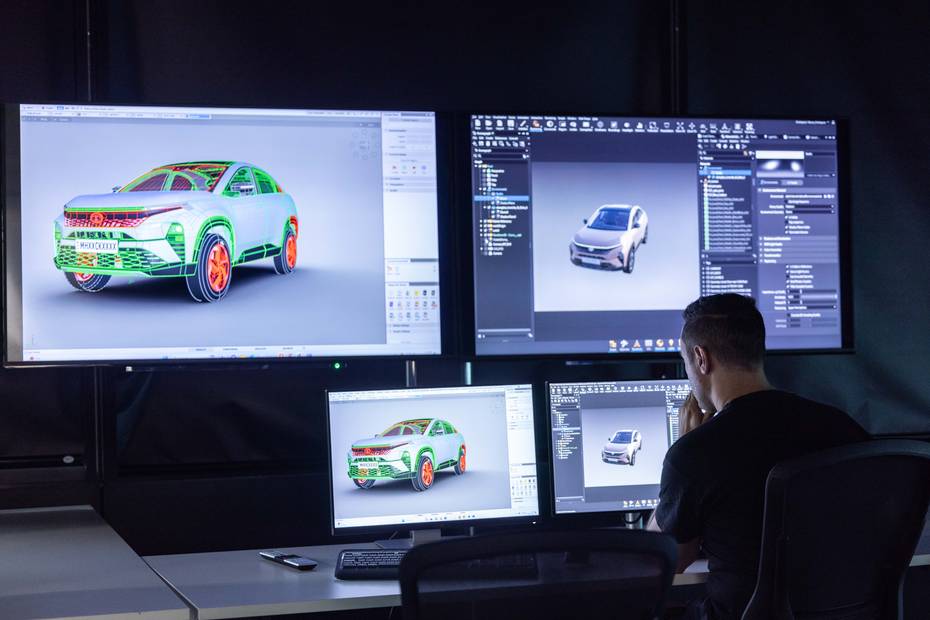
A relatively recent introduction, virtual reality transports designers and the management team that approves designs to a world with just them and the car
Not only do the VR headset users see what the car looks like more intimately, they can also experience the car from the inside and get an idea of the seating position, accessibility and ergonomics of the car
Funnily enough, while some members of the Tata Motors’ management spend hours enjoying this part, others get uneasy quickly with the real-world disconnect
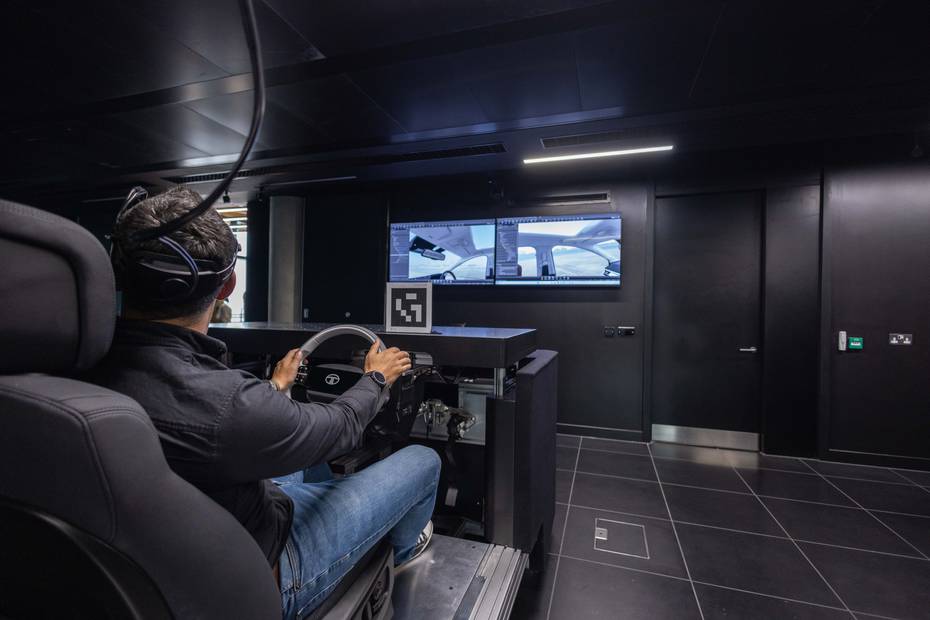
Clay models are often a staple of car development promotional videos; the kind where you see someone meticulously working with a clay car while the head of design explains the ideas that led to the formation of the final design
The industry uses machines and 3D mapping to automate the process significantly but the finer touches require the designers to sculpt things by hand
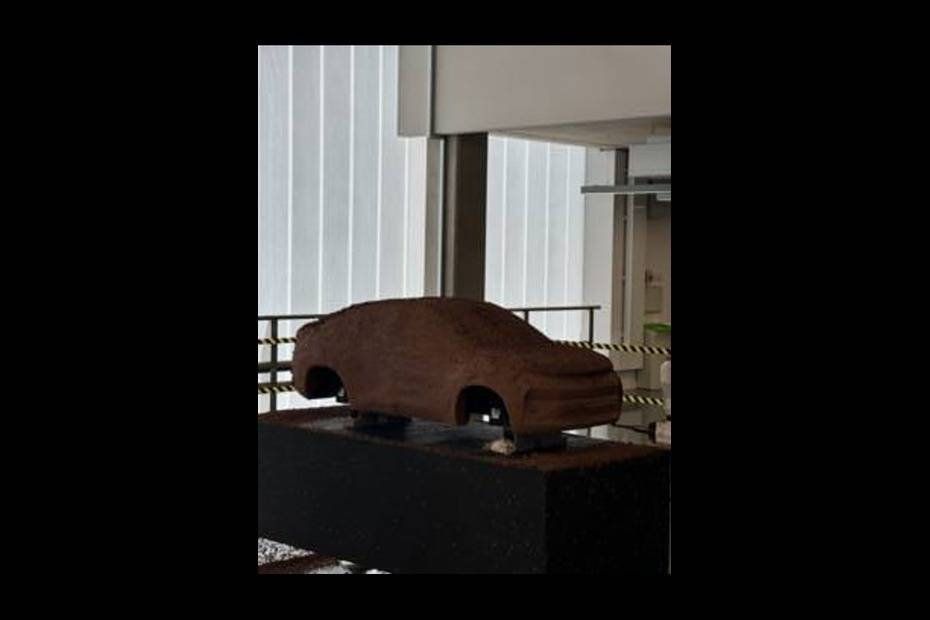
While manufacturers have used VR and 3D models to speed up car design processes significantly, clay modelers, while rare as professionals have only gained importance as digital renders still never quite match up to the real thing, especially to gauge how a car reacts to natural light and colour play
The base structure of these smaller scale models is usually wood while the clay is molded around it
These are life-size clay models, the kind you see displayed as concept cars or design studies
So accurate is the detail on these models that at first glance, they can easily look like the real thing!
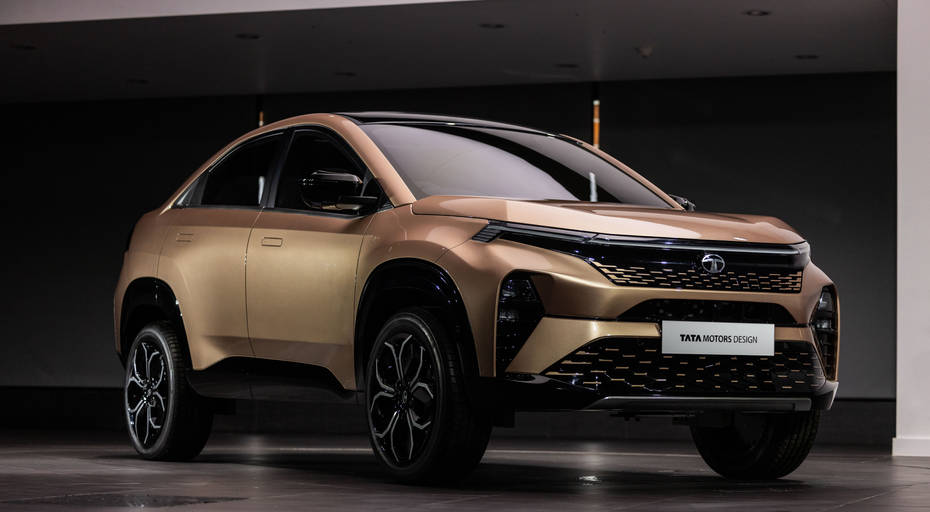
These models have a metal base, a wooden skeleton topped by styrofoam that then has the clay applied and carved on top.
Finally, these clay models get painted and presented as the final design for approval
CMF or Colours, Materials and Finishes is a department that gets into the granular details of patterns, colours, materials, stitches and combinations. They closely monitor trends and work on the finer parts and essentially tackle what could be seen as a car’s “second impression”
The worlds of fashion, architecture and trends have a direct impact on car design as the automotive industry works to translate tastes from across industries into the cars the make in one way or the other
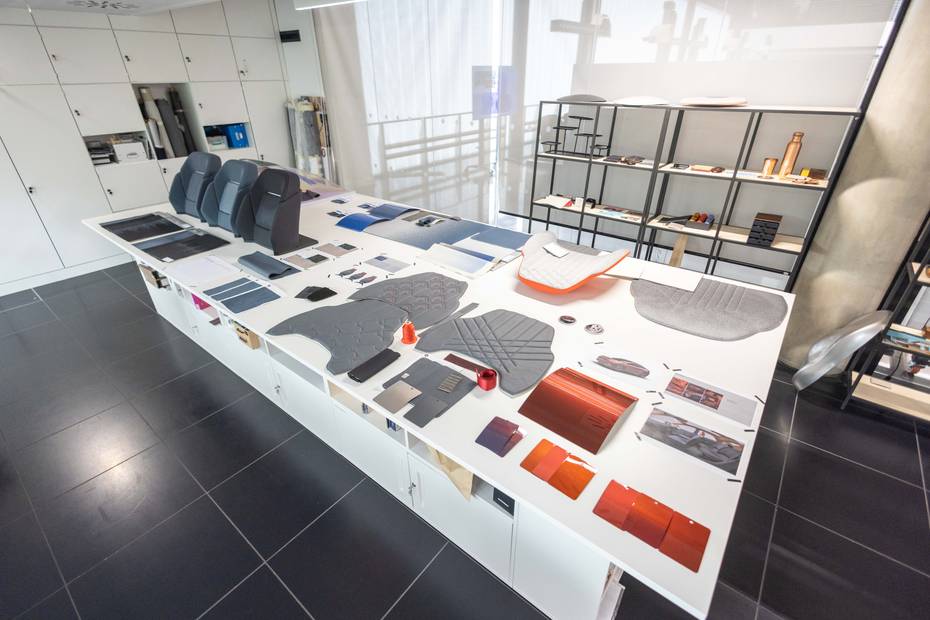
Every car design you see has been years in the making. Given how designers across brands follow similar core principles or approaches to design, there can be similarities in cars from different manufacturers
This is also a function of regulatory requirements which is why cars have to follow certain patterns which wasn’t the case 40-50 years ago. However, when two new cars look similar it is more to do with trends that fed the car’s core design than one copying the other, simply because the timelines of car design don’t allow drastic changes on short notice. And yes, altering even something as basic as a tail light’s design is a drastic step
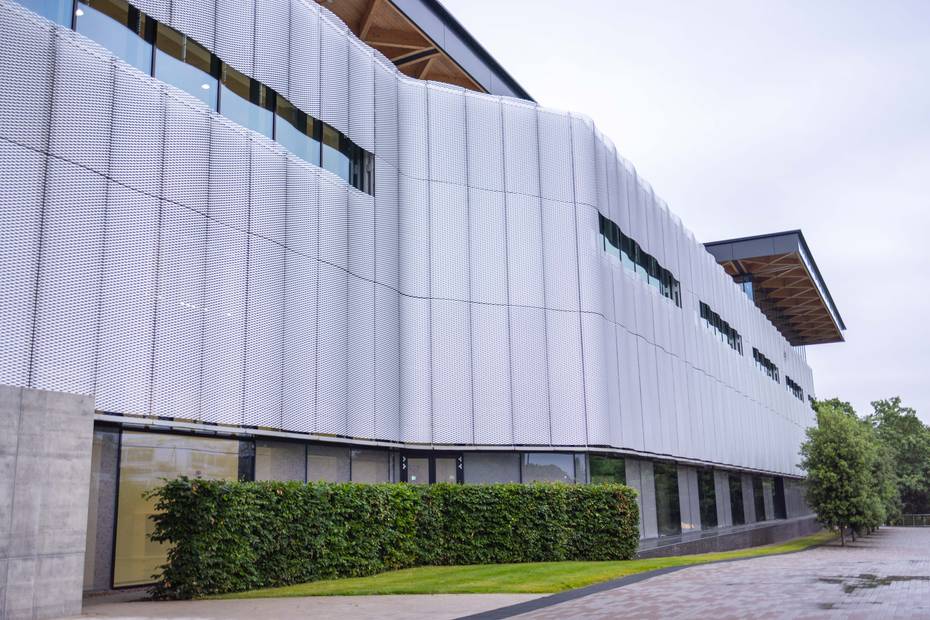
While many would see making a good looking car as the biggest challenge, coordinating between hundreds of designs born out of different tastes that ultimately have to be relevant by the time car is launched (4-5 years later) remains a challenge that is as exciting as it is daunting
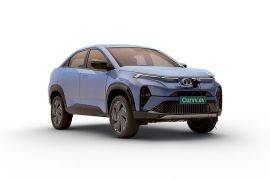

Here’s A Look At All The Tata EVs And Their Real World Range

Tata Curvv EV vs Nexon EV: Real World Range Compared

Tata Curvv EV vs Mahindra XUV400: Which Is The Quicker Indian EV?

Watch: Can the Tata Curvv EV Deliver 400 km Of Range In The Real...

Tata Curvv EV vs Nexon EV: Which Electric Vehicle Is Quicker In The...

Tata Curvv EV Real-world Range Tested

Real-world Performance Tested: The Tata Curvv EV Is Quick!

Top 8 Things That Tata Curvv EV Gets Over The MG Windsor EV

Top 10 Cars Launched In India In The Month Of August
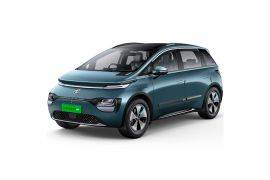 MG Windsor EV
MG Windsor EV
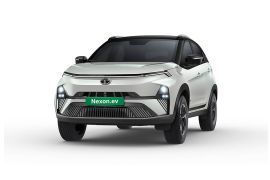 Tata Nexon EV
Tata Nexon EV
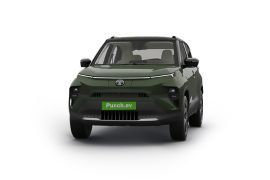 Tata Punch EV
Tata Punch EV
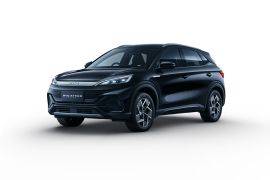 BYD Atto 3
BYD Atto 3
India's largest automotive community
 Tata Nexon
Rs. 7.99 Lakh
Tata Nexon
Rs. 7.99 Lakh
 Tata Punch
Rs. 6.12 Lakh
Tata Punch
Rs. 6.12 Lakh
 Tata Curvv
Rs. 9.99 Lakh
Tata Curvv
Rs. 9.99 Lakh
 Tata Harrier
Rs. 14.99 Lakh
Tata Harrier
Rs. 14.99 Lakh
 Tata Tiago
Rs. 4.99 Lakh
Tata Tiago
Rs. 4.99 Lakh
 Tata Curvv EV
Rs. 17.49 Lakh
Tata Curvv EV
Rs. 17.49 Lakh
 MG Windsor EV
Rs. 13.49 Lakh
MG Windsor EV
Rs. 13.49 Lakh
 Tata Nexon EV
Rs. 12.49 Lakh
Tata Nexon EV
Rs. 12.49 Lakh
 BYD Seal
Rs. 41.00 Lakh
BYD Seal
Rs. 41.00 Lakh
 Tata Punch EV
Rs. 9.99 Lakh
Tata Punch EV
Rs. 9.99 Lakh